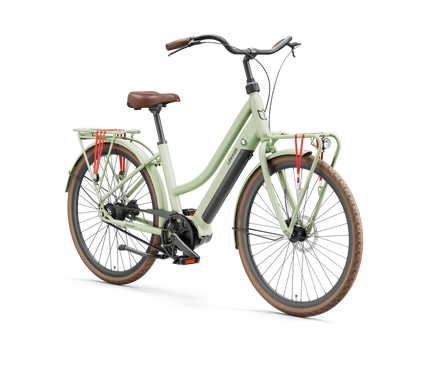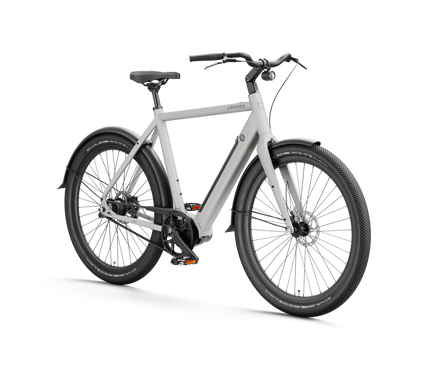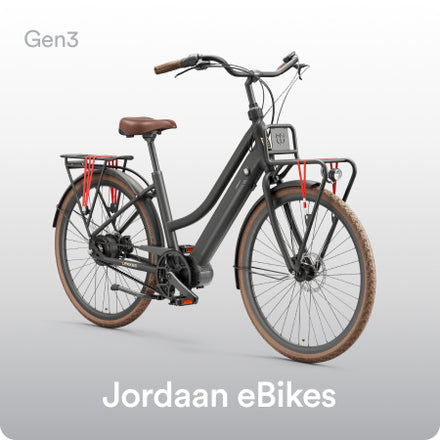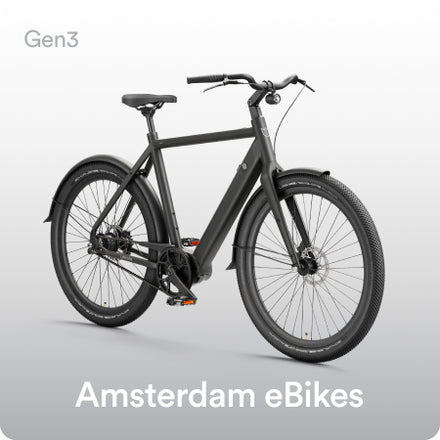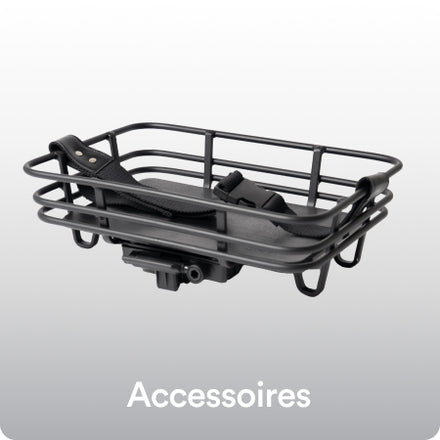A conventional means of transportation back on the rise.
Since the pandemic outbreak we’ve seen many trends arise around the world including changes in consumer behavior, the now very popular ‘DIY’ home renovations, people doing their own haircuts, new apps, ways of doing business and more. Many of these trends and behaviours have been surprising us on the daily, but one particular behaviour seems to bring us all together world-wide or actually, it helps us stay away from each other in public – cycling of course! It suddenly became the transportation means of choice for people across the globe in terms of convenience and safety. It does more than helping you get places, it offers a way to exercise, get fresh air, but still follow the social distancing rules. Governments and city planners have quickly noticed this trend and within only a few days and weeks cities across the world adapted to the situation. With these new measures, officials aim to slow down the spread of COVID-19, reduce overcrowding on public transport, enable safety for essential trips and more space for exercise by bike and foot and as another beneficial side effect reduce air pollution. We did some research and gathered significant changes in regards to cycling infrastructure from Bogota to Berlin, Mexico City, Vancouver, Budapest and many more.
In Bogotá 100km of city streets were converted into bike lanes and the government started to loan bikes to health care workers to make sure they can attend their jobs safely. In Mexico City, a bike loaning system for essential workers was quickly adopted as well and the city created a temporary bike lane of 1.7km on a major street which is open to cyclists from 8am to 7pm. Additionally, the city’s mayor is planning to expand cycling networks by four times of its current size, with 130km of new bike lanes in discussion. In Berlin citizens can get free half-hour rides with bike share systems and bike lanes were expanded across the city – many other German cities quickly followed suit. In Vancouver the government closed its popular Stanley park to all motor vehicles due to an increase of park visitors by 40%. In Budapest, public transportation recorded a decrease of passengers by 90% and decrease of street traffic by 50%, while cycling increased extensively. Therefore, pop-up bike lanes have been installed across the city and permanent cycling networks on Budapest’s main roads are in the planning.
Among the cities which have also made significant changes to their traffic systems including temporarily closing major streets to motor vehicles, creating pop-up bike lanes and ‘car-free’ zones are Philadelphia, Oakland, London, Calgary, Winnipeg, Denver, Minneapolis, Lima, Paris, Brussels, Milan, Rome, Barcelona, Budapest.
Another trend within the cycling culture which has reached a new peak are bike-share-systems and cycle-schemes. Especially in large cities such as Chicago and London the use of bike-share-systems has surged. Moreover, cycling in New York increased immensely, leading to the use of bike-sharing to double. In the UK, so many people wanted to start commuting by bike that the number of users of the country’s cycle-to-work-scheme increased by 200%.

In more and more countries politicians are taking this rapid growth of cycling culture into consideration with their future city planning projects and budgets are being progressively allocated towards this development. In France Élisabeth Borne, Minister for Ecological Transition, presented a plan to invest €20 Million in cycling culture. This budget covers free bike repairs of up to €50 at specific locations across the country, which all citizens are eligible for, and more bike parking spots among a variety of actions. Furthermore, the British government created a £250 million ‘emergency active travel fund’ which will support a great extension of the country’s cycling infrastructure. The Scottish government announced funding of £10 Million for an extension of its cycling infrastructure. And those are just a few examples.
The past weeks have shown that cycling is not just a joyful way of getting around, it is good for your physical and mental health, it is better for the environment than most other modes of transportation and it provides a safer means of travel in times of a pandemic. The question now is: Will this trend last? At LEKKER we hope it will! In light of all the benefits gained through cycling we hope more people will start or continue to ride their bikes even once this pandemic is over.
We encourage you to stay safe and keep on riding!
